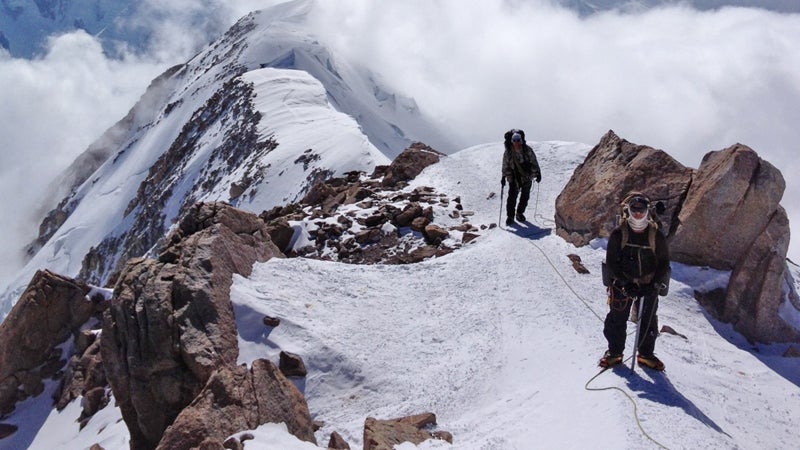If you failed to climb Mount McKinley this year, you’re in good company. A report published this week found that only one in three climbers summited the highest point in North America in 2014, down from an 11-year annual average of one in two, Alaska Dispatch News .
In its , Denali National Park and Preserve (DNP) reported that 36 percent of 1,204 mountaineers (a total of 433) reached the summit, the worst success rate since 1998. This is in stark contrast with 2013, when 68 percent of climbers got their moment of glory.
Rangers attribute the big dip to bad weather. While climbers who got out early in the season completed their journeys in record time, a slew of wet days and snowstorms from late May to July compromised all of the peak climbing season.
To be fair, DNP called 2013 “a year for the record books” in its (PDF). That year, McKinley saw its highest-ever number of individual summits—783—and the highest success rate since 1977. The conditions that season were prime for climbing, with little new snow and warmer weather.
The bad weather cut down climbers’ ascents, which resulted in fewer cases of high-altitude illness. It also caused climbers to become caught in snowdrifts between camps. Cold-related injuries in 2014 increased to 30 percent from 18 percent in 2013.
For a deeper analysis, including stats on climber demographics and notable achievements, read the full report .


